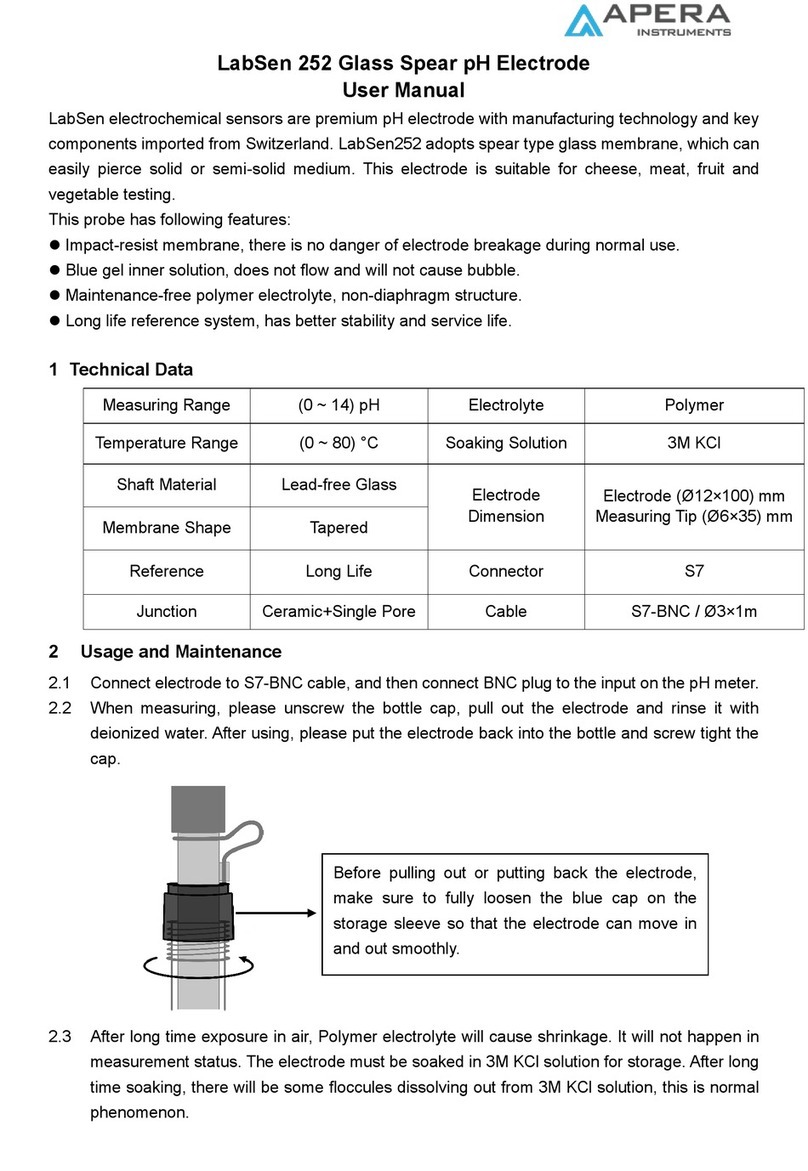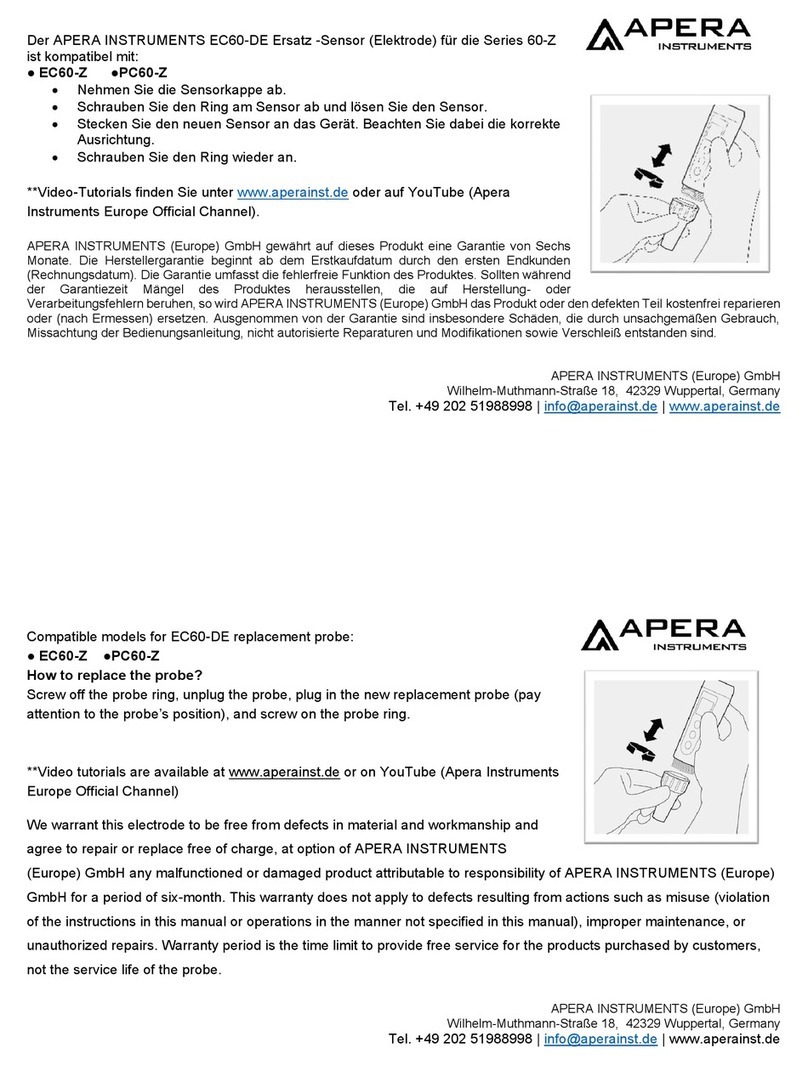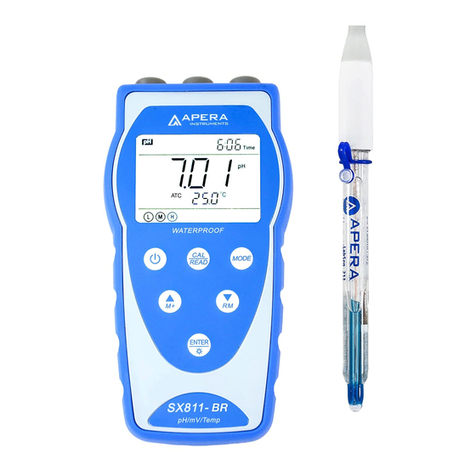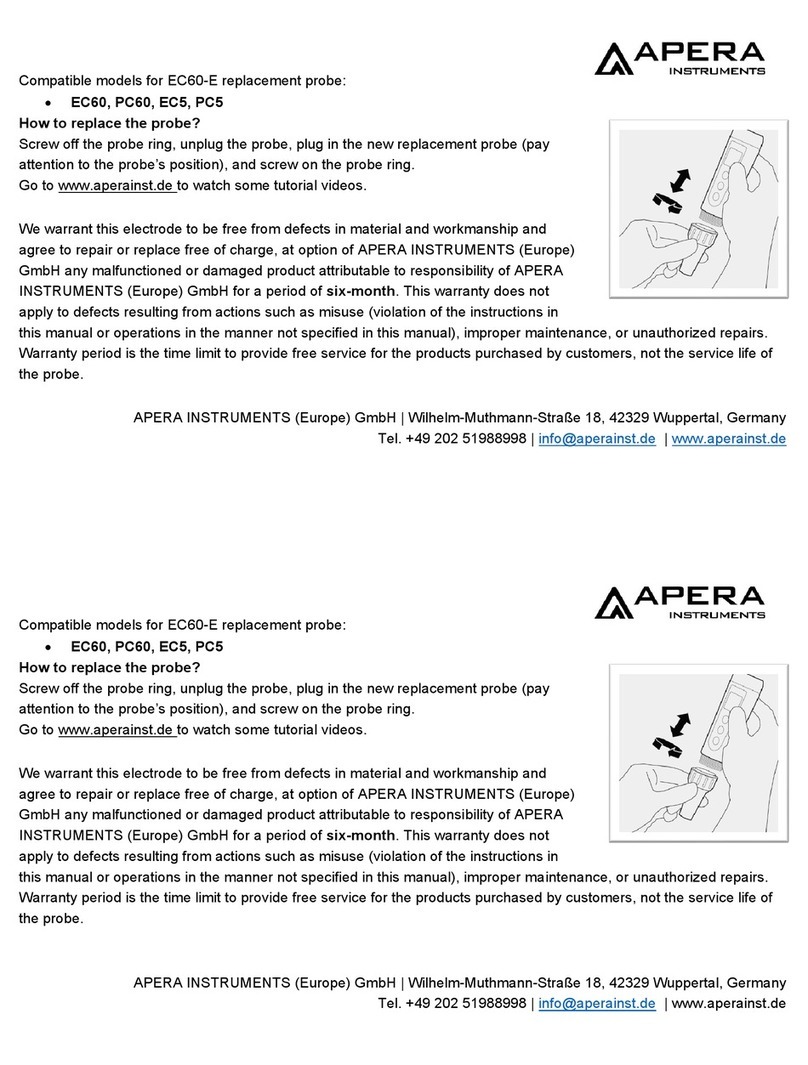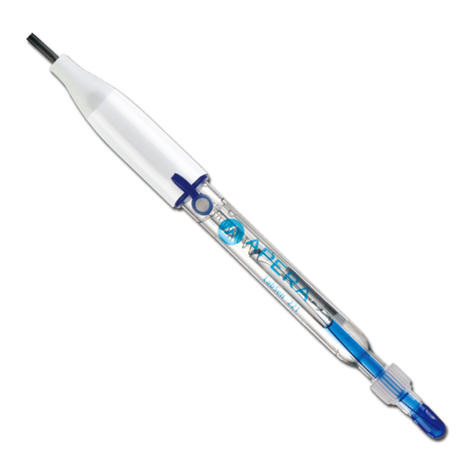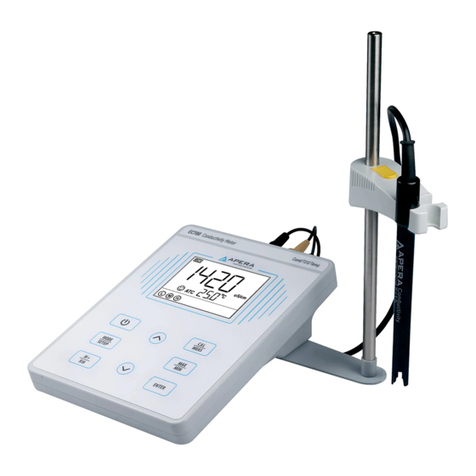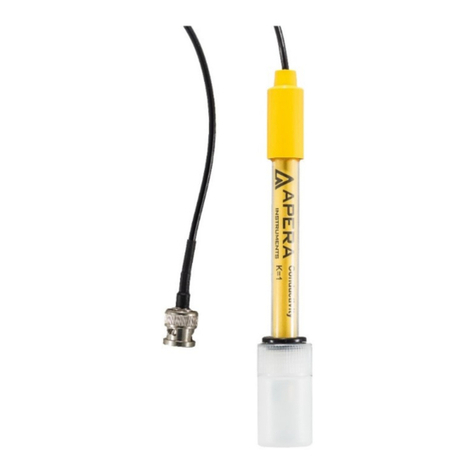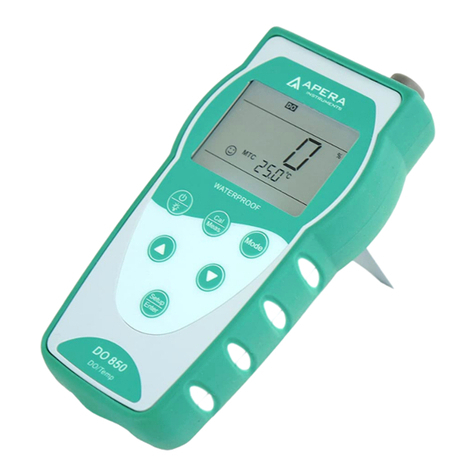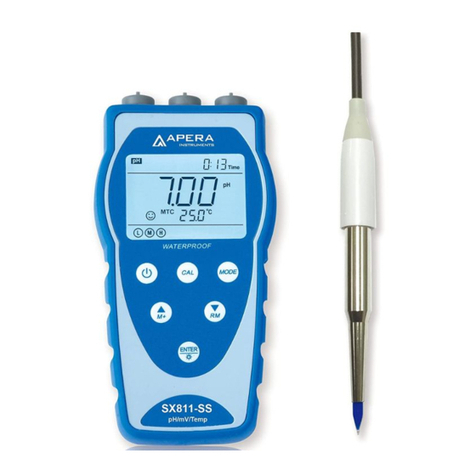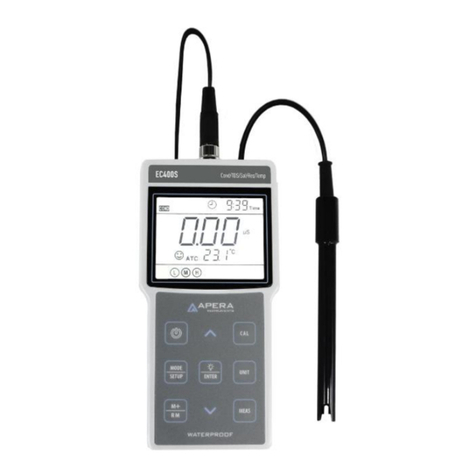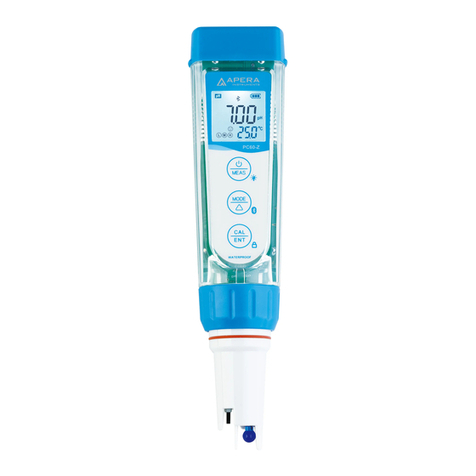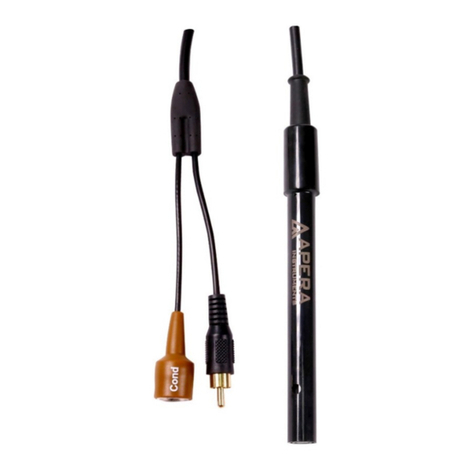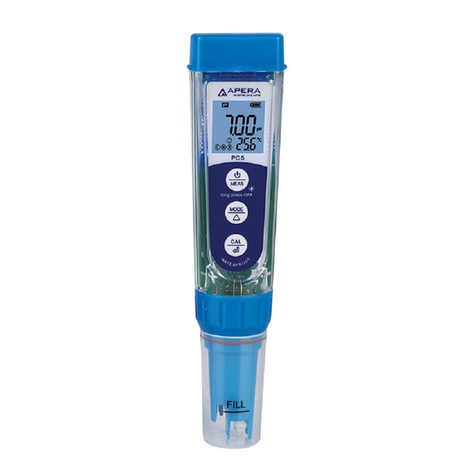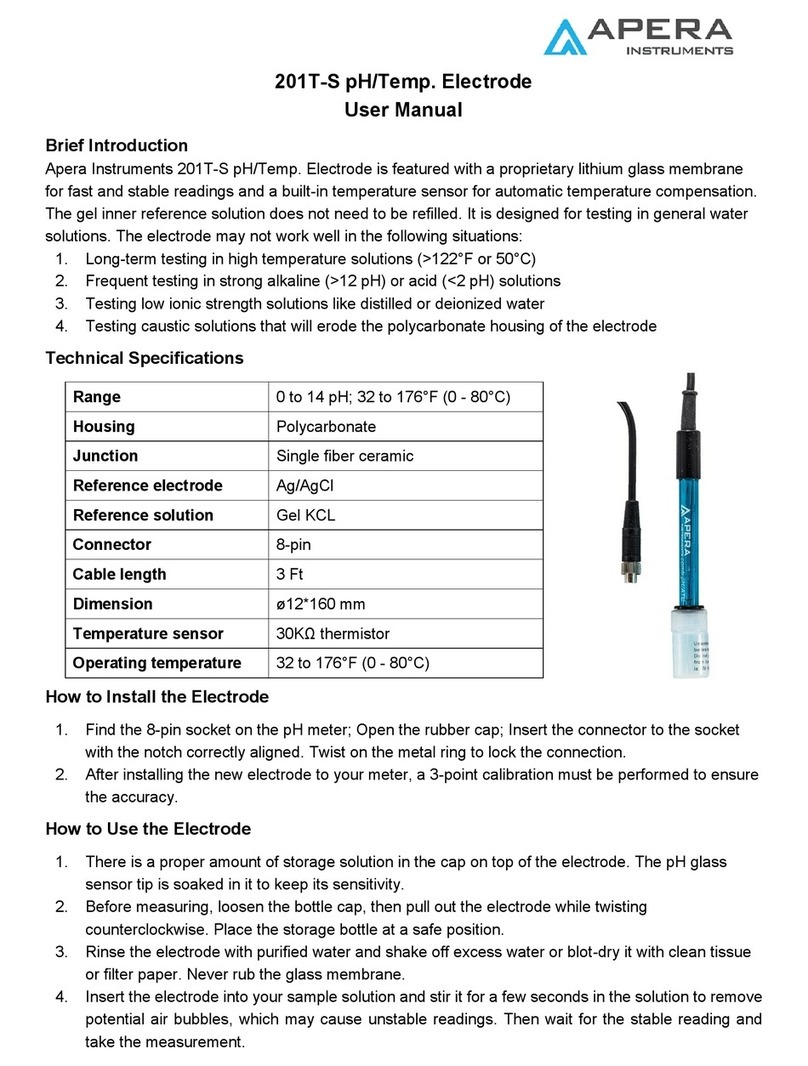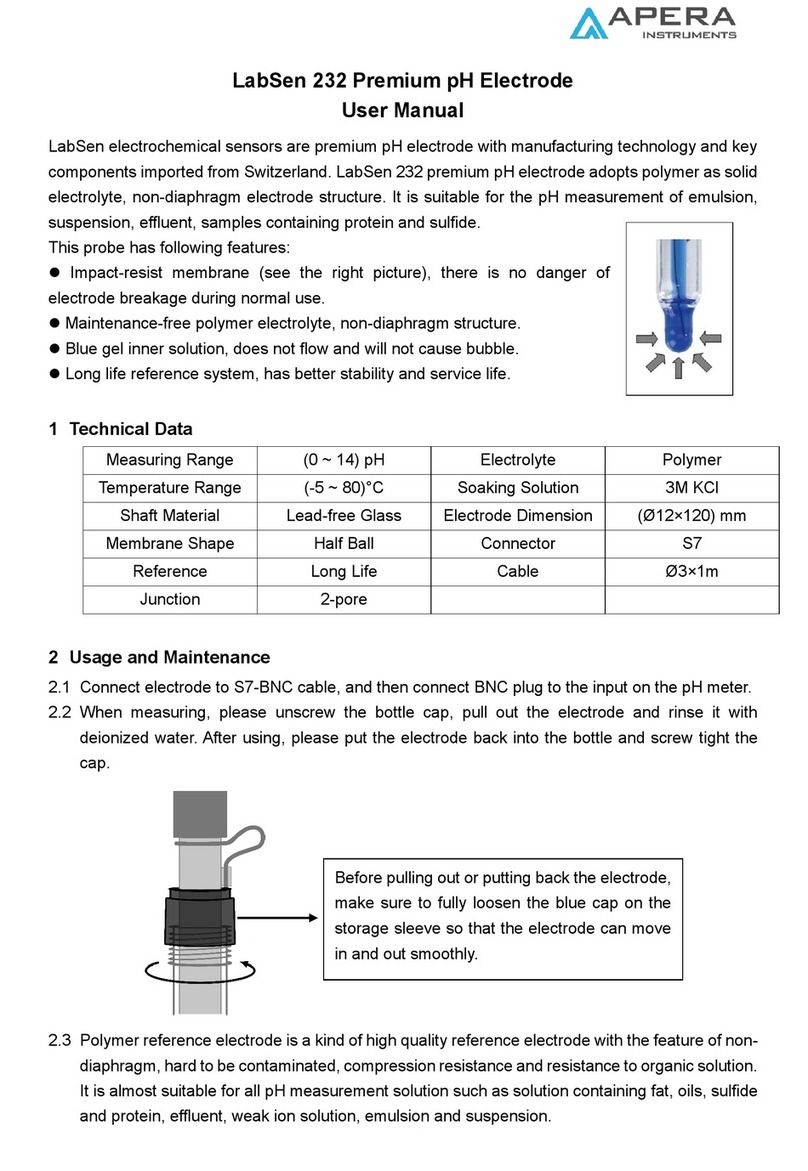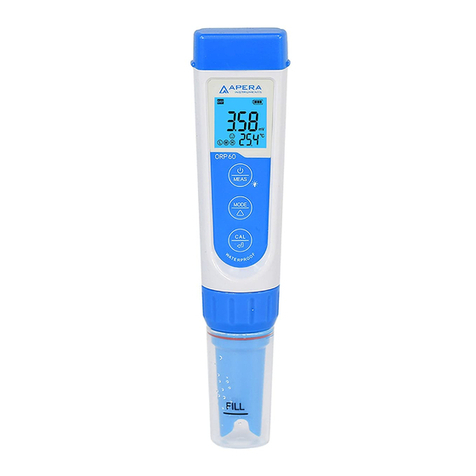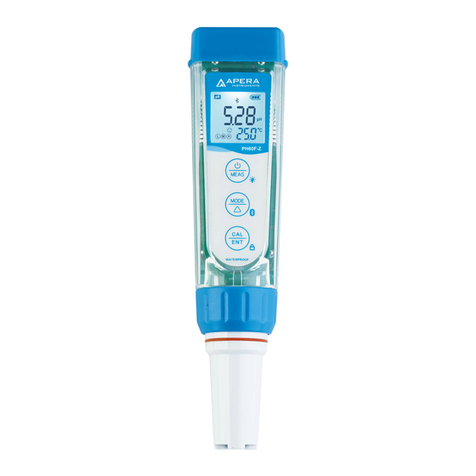Table of Contents
1Overview...................................................................................................... - 3 -
2Technical Specifications ................................................................................ - 4 -
2.1 Technical Parameters.................................................................................................- 4 -
2.2 Others.......................................................................................................................- 4 -
3Instrument Description................................................................................. - 5 -
3.1 Instrument Overview ................................................................................................- 5 -
3.2 Meter and Accessories ..............................................................................................- 6 -
3.3 Display......................................................................................................................- 7 -
3.4 Keypad......................................................................................................................- 7 -
3.5 Battery Installation....................................................................................................- 8 -
4Meter Calibration ......................................................................................... - 8 -
4.1 Calibration Standards ................................................................................................- 9 -
4.2 Calibration Procedure................................................................................................- 9 -
4.3 Calibration Notes ....................................................................................................- 10 -
5Turbidity Measurement.............................................................................. - 11 -
5.1 Sample Vial Handling...............................................................................................- 11 -
5.2 Measurement Preparation ...................................................................................... - 11 -
5.3 For Single Measurement..........................................................................................- 12 -
5.4 For Continuous Measurement .................................................................................- 12 -
5.5 Measurement Notes................................................................................................- 12 -
6Warranty.................................................................................................... - 15 -












